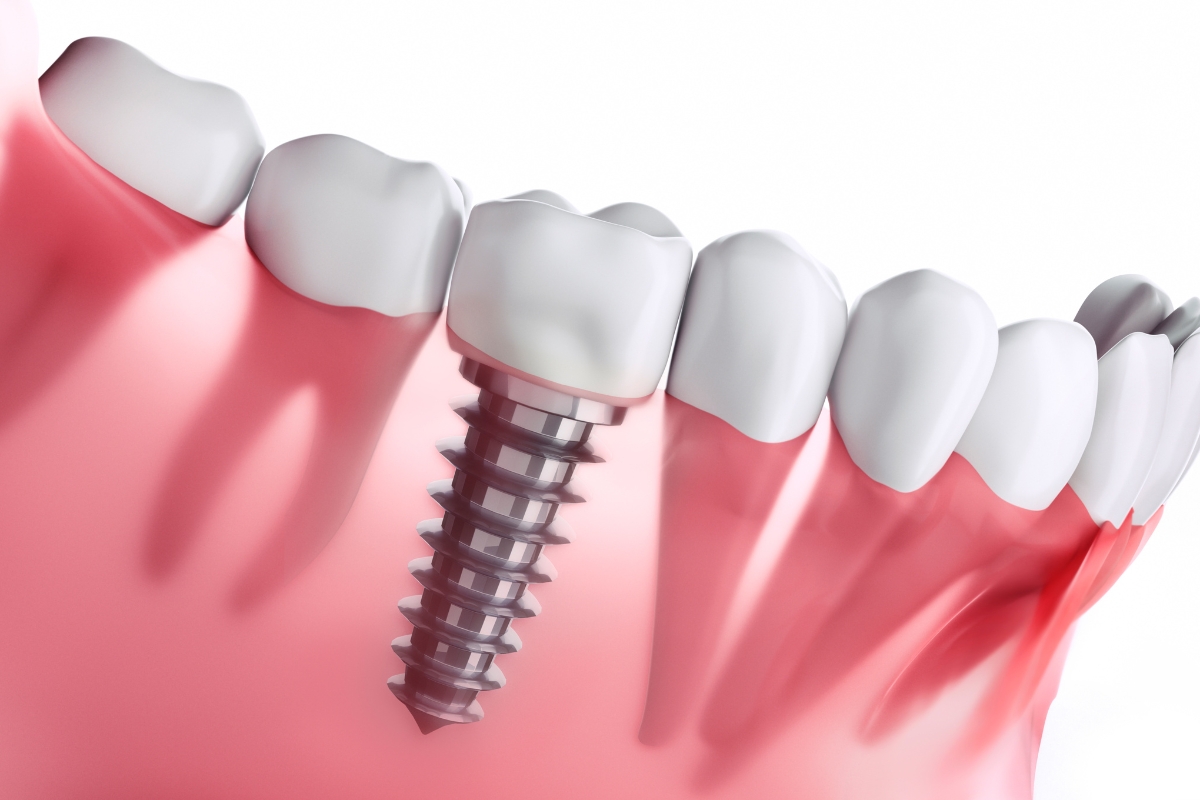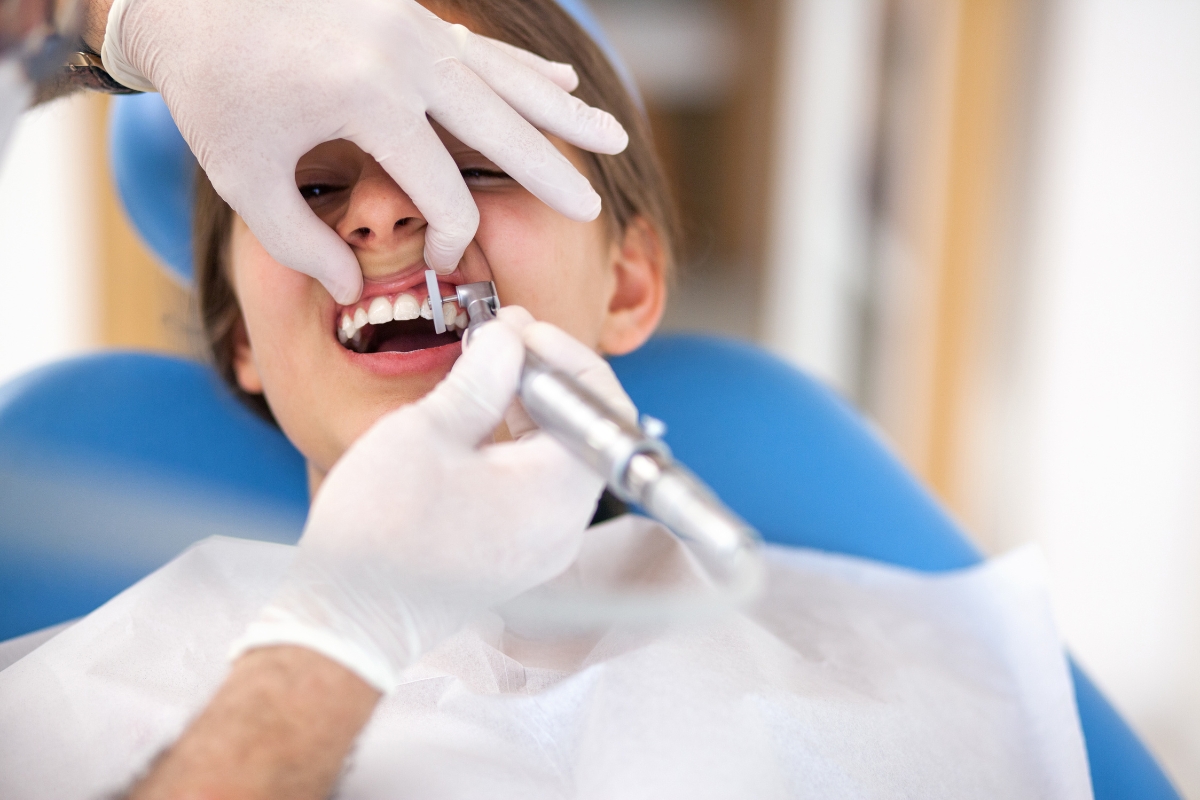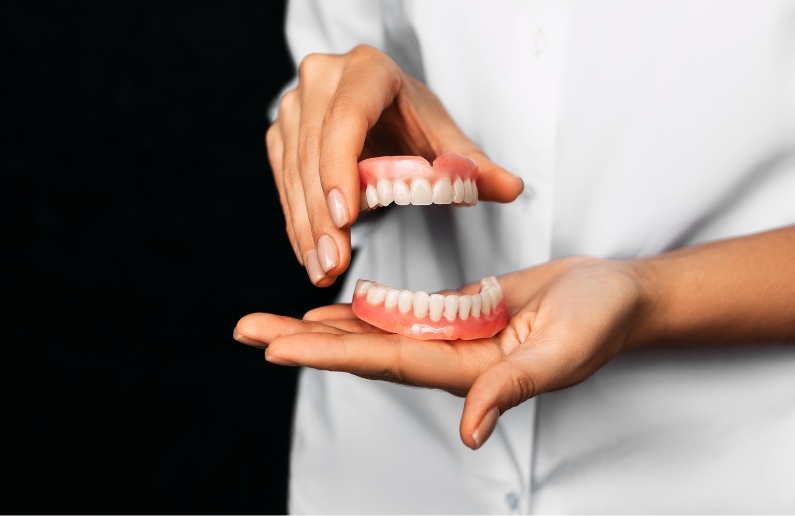
What to Do if Your Teeth Aligners Break
May 15, 2024
Clear Aligners
Wearing teeth aligners is a significant step toward achieving a beautiful, straight smile. However, accidents can happen, and aligners can break. This situation can be frustrating and concerning, but don’t worry! Here’s a comprehensive guide on what to do if your teeth aligners break, how to fix them, and how to prevent future issues.
Causes of Broken Teeth Aligners
Understanding why aligners break can help you avoid this problem. Here are some common causes:
1. Improper Removal
Many aligners break due to improper removal techniques. Bending or twisting the aligners too much can cause cracks or splits. Always follow the recommended method for taking them out to reduce stress on the material.
2. Eating or Drinking with Aligners In
Aligners are designed to withstand normal wear, not the forces exerted by chewing or exposure to hot and acidic foods and drinks. Eating or drinking anything other than water while wearing your aligners can lead to damage.
3. Physical Impact
Accidents happen, and sometimes aligners can break due to an unexpected impact. Whether it’s a fall, a bump, or a blow to the face, physical impacts can cause significant damage to your aligners.
4. Poor Maintenance
Failing to properly clean and store your aligners can weaken them over time. Accumulated plaque and bacteria can make the aligners brittle, increasing the risk of breaking.
5. Defects in the Aligners
Occasionally, the aligners themselves may have manufacturing defects that cause them to break easily. This is less common but still a possible cause.
How Can I Fix My Teeth Aligner?
When your aligners break, it’s crucial to address the issue promptly to avoid disrupting your treatment.
1. Assess the Damage
First, examine the aligner to understand the extent of the damage. Small cracks or splits might be manageable at home temporarily, but significant breaks require professional attention.
2. Contact Your Orthodontist
Always inform your orthodontist about any damage to your aligners. They will provide guidance on the next steps, which might include wearing a previous set or ordering a replacement.
3. Use a Previous Aligner
If the break is severe and you can’t wear the current aligner, switch back to the previous set. This will help maintain your progress while you wait for a replacement.
4. Temporary Fixes
For minor cracks, you can try smoothing the edges with a nail file to prevent irritation. This is a temporary solution until you can see your orthodontist.
5. Order a Replacement
Your orthodontist will likely order a new aligner for you. This process might take a few days, so it’s essential to communicate the issue as soon as possible.
How to Prevent Losing or Breaking an Aligner
Preventing aligner damage or loss is key to a smooth treatment process.
1. Follow Removal Instructions
Always use the correct technique for removing your aligners. Use both hands and gently pull them out to avoid bending or twisting.
2. Avoid Eating and Drinking
Only drink water while wearing your invisalign aligners. Remove them before eating or drinking anything else to prevent damage.
3. Store Aligners Properly
When not wearing your aligners, keep them in their protective case. This helps avoid accidental damage and loss.
4. Handle with Care
Be mindful of where you place your aligners. Avoid putting them in pockets or places where they might get sat on or knocked over.
5. Regular Check-Ups
Attend all scheduled orthodontic appointments. Your orthodontist will check for any potential issues with your aligners and make necessary adjustments.
How Can I Care for My Clear Aligners?
Proper care extends the life of your aligners and ensures effective treatment.
1. Clean Daily
Clean your aligners every day. Use a soft toothbrush and clear, anti-bacterial soap. Avoid using toothpaste as it can be abrasive.
2. Rinse Regularly
Rinse your aligners every time you remove them to prevent saliva and plaque buildup.
3. Soak Weekly
Soak your aligners in a denture or retainer cleaning solution once a week to keep them fresh and clean.
4. Avoid Hot Water
Never use hot water to clean your aligners, as it can warp the plastic. Stick to lukewarm or cold water.
5. Inspect Regularly
Regularly check your aligners for any signs of wear or damage. Early detection of small issues can prevent bigger problems down the line.
In Summary
Dealing with a broken teeth aligner can be a hassle, but understanding the causes and knowing how to address the issue can make the process smoother. Always follow proper care and handling procedures to minimize the risk of breaking or losing your aligners. Regular communication with your orthodontist is essential to ensure your treatment stays on track. Remember, taking good care of your aligners is a vital part of achieving that perfect smile.
By implementing these tips, you can avoid common pitfalls and keep your teeth alignment journey progressing smoothly. Whether you’re just starting or well into your treatment, handling your aligners with care will pay off with a beautiful, straight smile.
More Blog Posts

Celebrating Dr. Ashley Dawson: Honored as One of America’s 40 Under 40 Top Dentists for 2025

Your “Use-It-Lose-It” Checklist: Getting the Most Value from Your Dental Plan

Maintaining Your Dental Implants: A Long-Term Care Guide

The Dawson Modern Dentistry Guide for Seniors in Matthews: What to Do in a Dental Emergency


